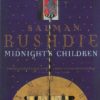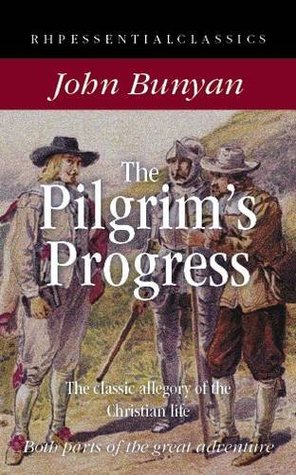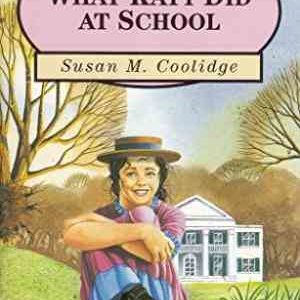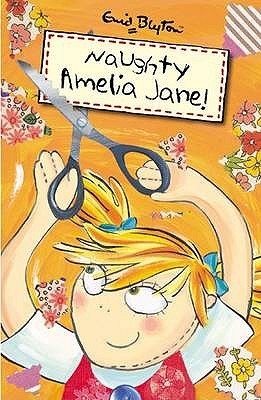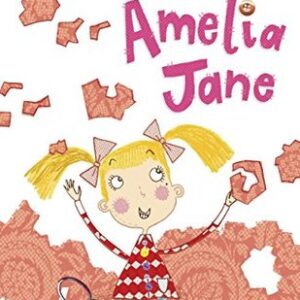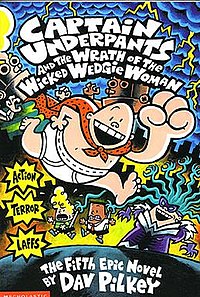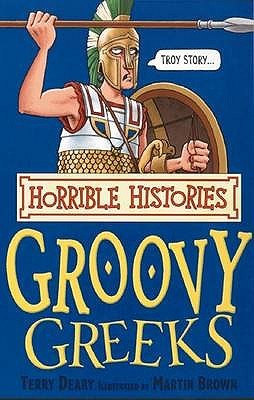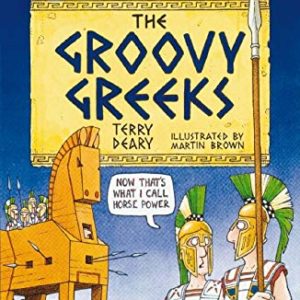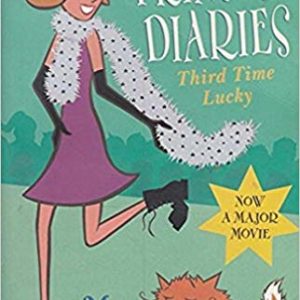King Richard II (The Arden Shakespeare) (English, Paperback, William Shakespeare)
Rs.699.00 Rs.229.00
Author: William Shakespeare, ISBN: 9781903436332, Condition: Old and Good
Out of stock
This richly annotated edition takes a fresh look at the first part of Shakespeare’s second tetralogy of history plays, showing how it relates to the other plays in the sequence. Forker places the play in its political context, discussing its relation to competing theories of monarchy, how it faced censorship because of possible comparisons between Richard II and Elizabeth I, and how Bolingbroke’s rebellion could be compared to the Essex rising of the time. This edition also reconsiders Shakespeare’s use of sources, asking why he chose to emphasize one approach over another. Forker also looks at the play’s rich afterlife, and the many interpretations that actors and directors have taken. Finally, the edition looks closely at the aesthetic relationship between language, character, structure, and political import. A textual analysis of the play’s eight early editions, a doubling chart for casting, and geneological tables are included as appendices.
The Arden Shakespeare has developed a reputation as the pre-eminent critical edition of Shakespeare for its exceptional scholarship, reflected in the thoroughness of each volume. An introduction comprehensively contextualizes the play, chronicling the history and culture that surrounded and influenced Shakespeare at the time of its writing and performance, and closely surveying critical approaches to the work. Detailed appendices address problems like dating and casting, and analyze the differing Quarto and Folio sources. A full commentary by one or more of the play’s foremost contemporary scholars illuminates the text, glossing unfamiliar terms and drawing from an abundance of research and expertise to explain allusions and significant background information. Highly informative and accessible, Arden offers the fullest experience of Shakespeare available to a reader.
Table of Contents
List of Illustrations
General Editors’ Preface
Preface
Introduction
Politics
Historical Context and the Issue of Topicality
The Connection with Essex
Ideology: Competing Conceptions of Monarchy
Characterization: Attitudes towards Richard and Bolingbroke
Politics in Seventeenth- and Eighteenth- Century Stagings
Language
Style
Imagery, Major Themes, Symbolism, Patterns of Allusion
Rhetoric
Afterlife
The Date
The Relation to Edward II and Woodstock
Richard II and the Second Tetralogy
Probable Venues of Early Performance
Sources
Holinshed
Hall
The Mirror for Magistrates
Daniel
Woodstock
Froissart; Creton; Traison
Edward II
Minor Sources
Text
THE TRAGEDY OF KING RICHARD THE SECOND
Longer Notes
Appendices
1 Textual Analysis
2 Doubling Chart
3 Genealogical Tables
Abbreviations and references
Abbreviations used in notes
Works by and partly by Shakespeare
Editions of Shakespeare collated or referred to
Other works
Modern stage and television productions cited
Index
L3
Reviews
There are no reviews yet.
Only logged in customers who have purchased this product may leave a review.
Related products
Almost New Books
Almost New Books
Most Liked Books by the BookWorms
Almost New Books
Almost New Books
Almost New Books
Classics Book Store
Almost New Books
Captain Underpants and the Wrath of the Wicked Wedgie Woman (English, Paperback, Dav Pilkey)
Drama and Historic
Almost New Books



